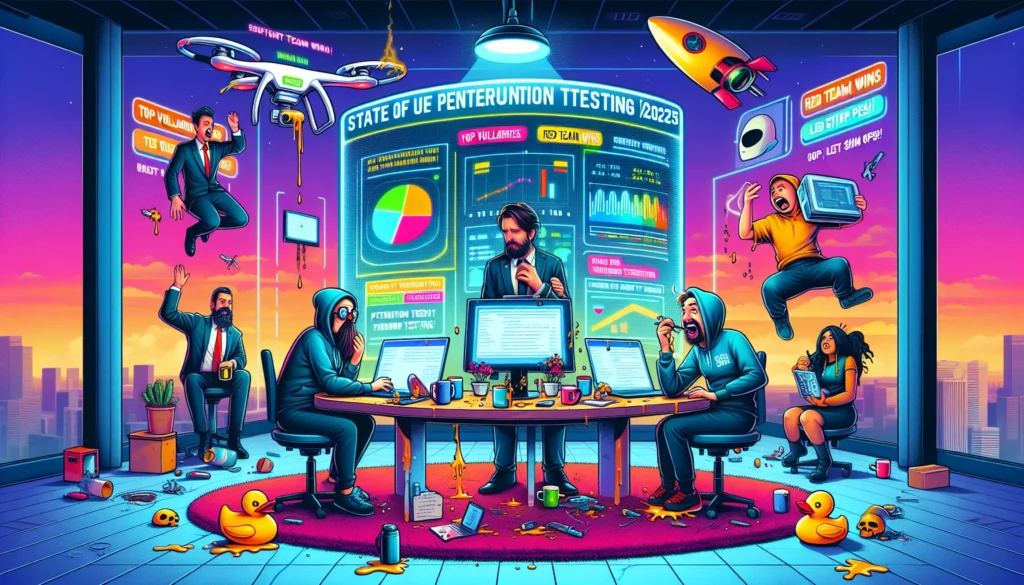Key Insights from the 2025 State of Penetration Testing Report: An In-Depth Analysis of the Current Landscape
In the recent State of Pentesting Report 2025, Pentera engaged 500 Chief Information Security Officers (CISOs) from global enterprises, including 200 from the United States, to analyze their strategies, tools, and responses to the increasing security alerts, ongoing breaches, and escalating cyber risks. The analysis presents a nuanced view of the advancements, difficulties, and evolving perspectives regarding enterprise security testing.
Increased Security Tools and Data Management
Over the last year, 45% of enterprises expanded their security technology portfolios, managing an average of 75 distinct security solutions. Despite this proliferation of security measures, 67% of U.S. enterprises reported experiencing a breach within the past two years. The multitude of deployed tools has significant implications for daily operations and the organization’s overall security posture.
While additional security tools contribute to a more robust security posture, they do not guarantee immunity from breaches. Organizations with fewer than 50 security solutions reported a breach rate of 93%, which declines to 61% for those employing over 100 tools.
The Reality of Alert Fatigue
The increase in security tools results in a corresponding rise in alert volumes. Enterprises with more than 75 security solutions face an average of 2,000 alerts weekly—a figure that rises to over 3,000 for those with more than 100 tools. This situation underscores the necessity for effective prioritization; without it, critical threats may be overlooked amid a flood of alerts. Organizations must frequently evaluate their vulnerability to ensure they can identify significant issues before they are exploited by threat actors.
Growth of Software-Based Pentesting
There has been a notable shift in trust towards software-based security testing. Previously, many enterprises were reluctant to utilize automated tools for pentesting due to concerns about potential outages. However, confidence in these tools is increasing as CISOs acknowledge their benefits for scaling adversarial testing and adapting to the rapidly evolving IT landscape. Currently, over half of enterprises leverage software-based pentesting solutions to enhance in-house testing, driven by their reliability and the need for scalable, continuous validation strategies.
Influence of Cyber Insurance Providers
In addition to internal stakeholders and Boards of Directors, cyber insurance providers are now emerging as significant influencers in shaping security strategies. According to the report, 59% of CISOs acknowledged that they have adopted at least one cybersecurity solution prompted by their insurance providers. This trend suggests that insurers are not merely assessing risk but are actively guiding organizations in reducing their vulnerabilities and redefining security priorities.
Skepticism Towards Government Support
Despite the essential role that governmental agencies, such as CISA in the U.S. and ENISA in the EU, play in threat visibility and coordination, confidence among CISOs in government cybersecurity support remains low. Only 14% believe that the government adequately addresses the cybersecurity challenges faced by the private sector, while 64% feel the existing efforts are insufficient. Furthermore, 22% expressed doubt about their ability to rely on government support for cybersecurity.
Organizations are encouraged to evaluate their pentesting practices, budgets, and priorities in relation to global peers. Participation in upcoming webinars hosted by senior security analysts can furnish valuable insights from the findings of this report. Alternatively, acquiring the full 2025 State of Pentesting Report can provide comprehensive insights into these critical developments.








